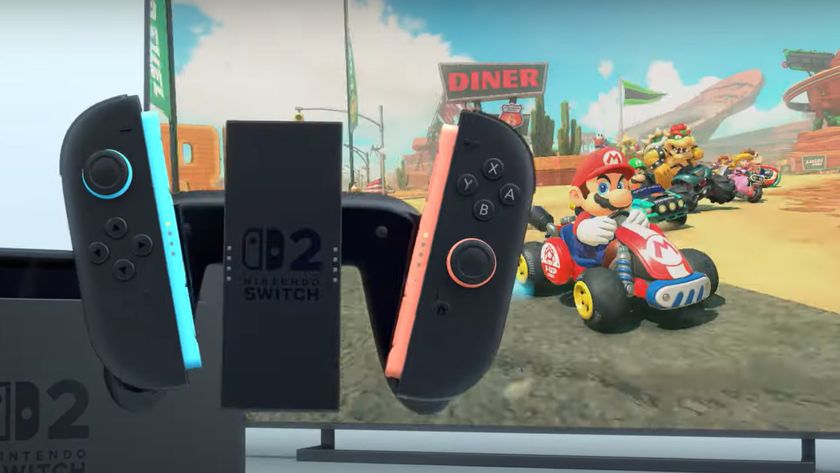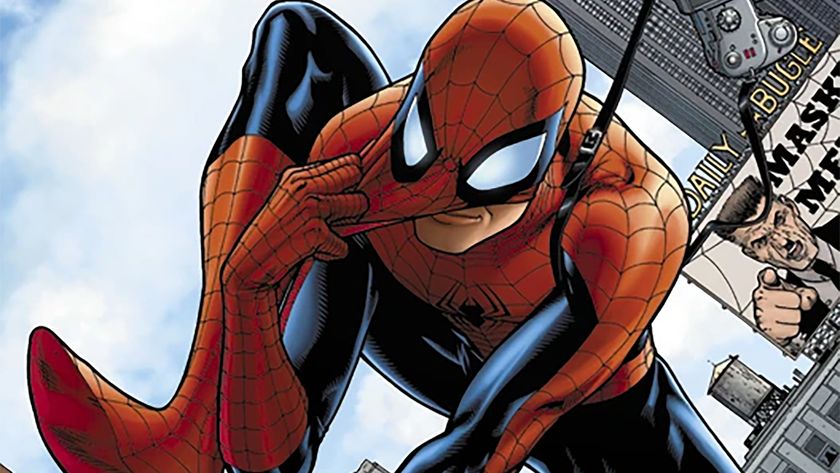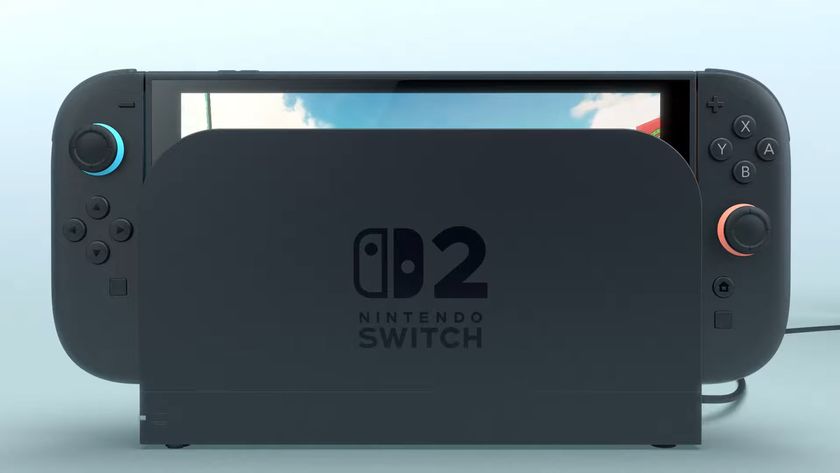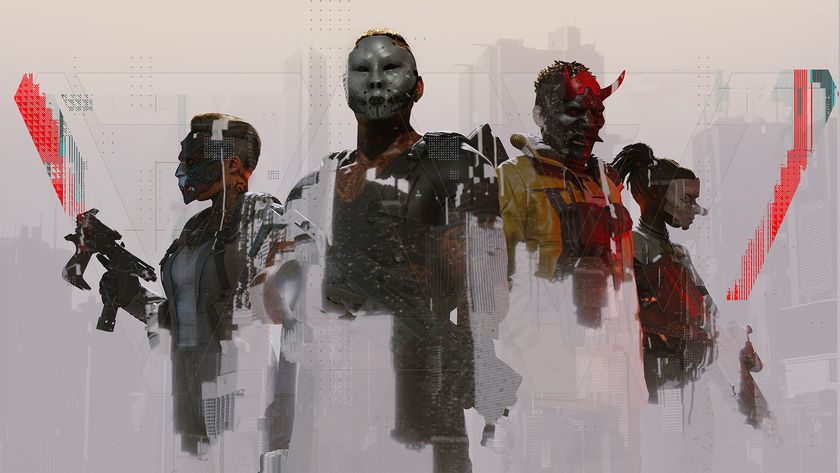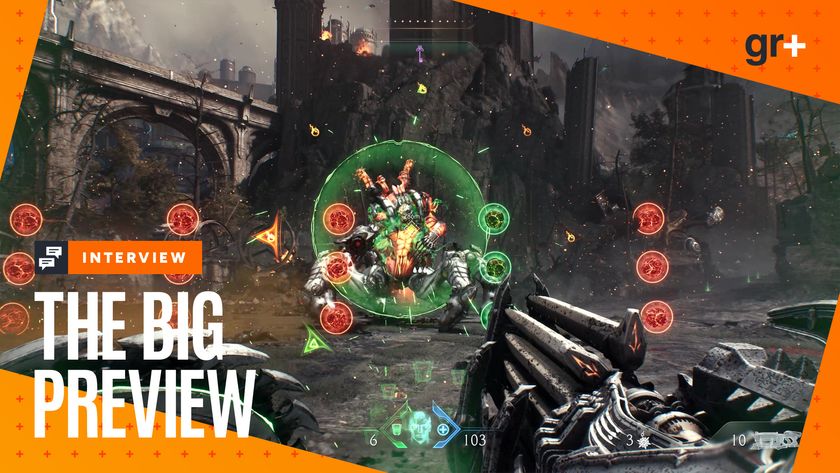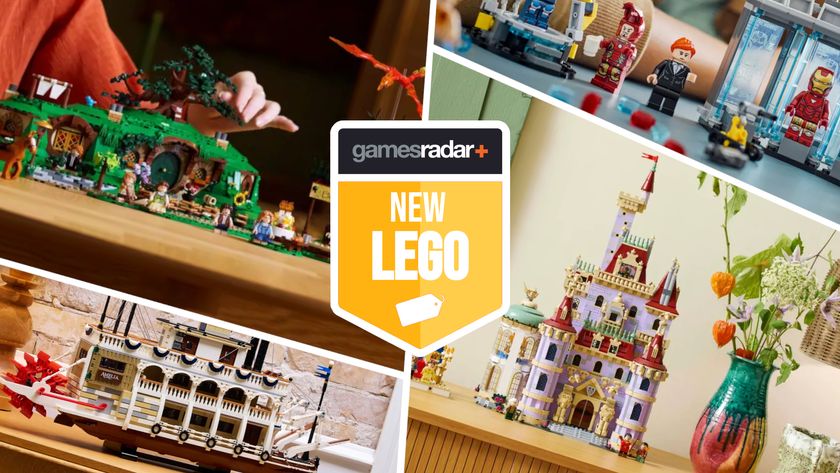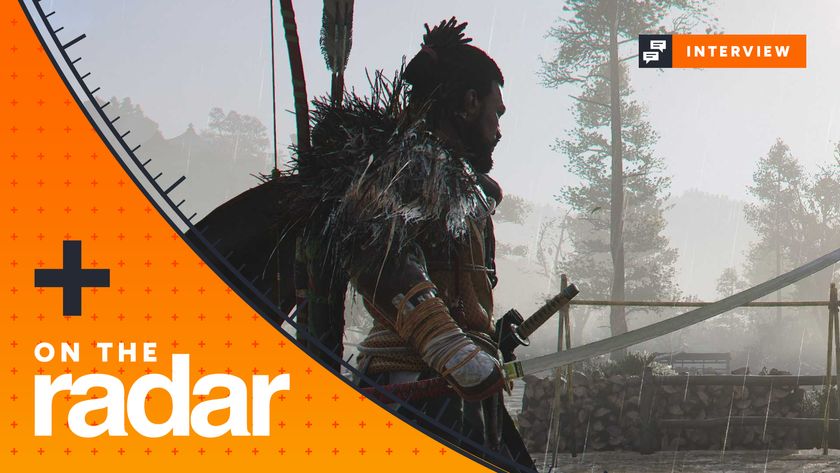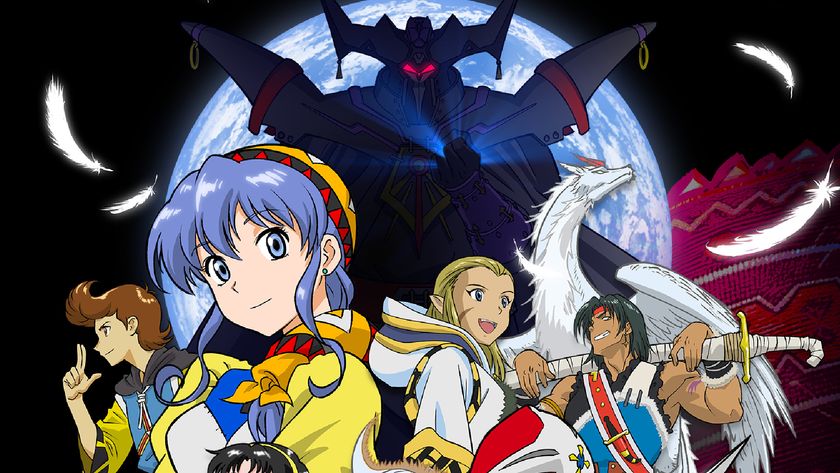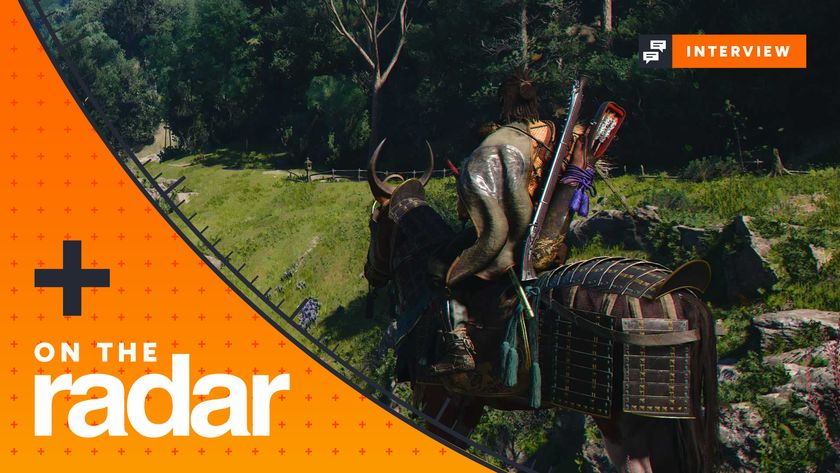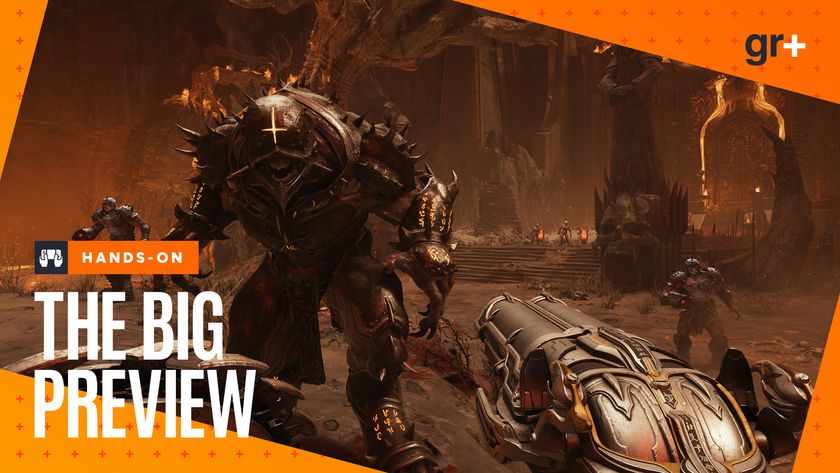South Park: The Fractured But Whole - a surprisingly deep RPG, a predictably sick sense of humour
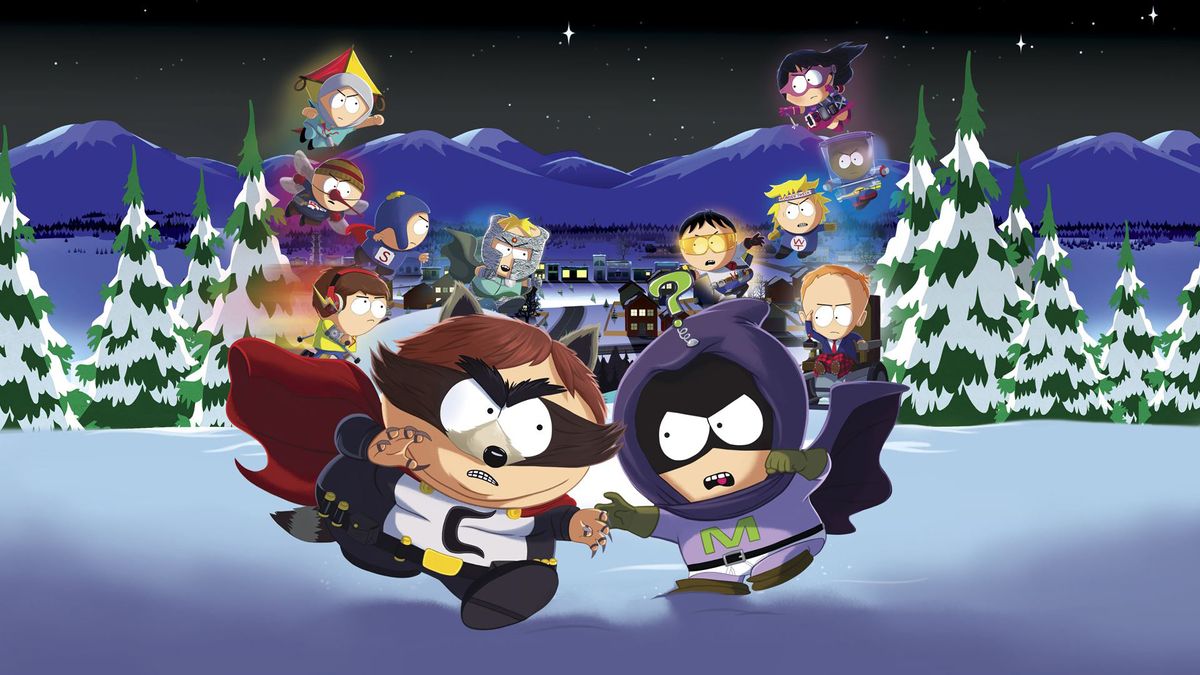
The first thing I do in South Park: The Fractured But Whole is take a shit. It very much sets the tone for what’s to follow in this opening three hours of the game, which features self-flagellating paedophile priests, suicide bomber children, and homophobic rednecks. In case you haven’t figured by now, this game is not for the easily offended. In fact, I’m willing to guess that even the most stoic and laid back players will discover something that truly shocks or reviles them in the Fractured But Whole’s lengthy runtime.
The shit itself is a bizarre mini-game that involves a load of thumbstick twiddling and a well timed button press to pinch off. You start The Fractured But Whole playing as the King of Koopa Kingdom, with characters picking up - pretty much - where they left off from the end of Stick of Truth. Essentially, you play a glorified tutorial, getting to grips with the new grid-based combat system, before Cartman shows up in a super hero costume (from the future, in his imagination) and demands that everyone joins his superhero franchise to ‘save South Park’, ‘defeat a rival supervillain team’ and ‘rescue some cats for money’. It’s gloriously fanciful, but remains a very biting satire on modern entertainment culture and American politics.
It’s clear from the very beginning that this is a far deeper RPG than the Stick of Truth. There’s crafting, heaps of quests, classes, sub-classes, artefacts, buffs, team-play and a whole bunch of new combat mechanics. Forget all the cartoon trimmings and puerile jokes - this is probably one of the deepest RPGs you’ll play this year, yet it remains pleasingly accessible. Let’s talk about the new fighting system. It’s still turn-based, except this time fights take place on a grid of squares, like a simplified version of XCOM. You have a certain distance your character can move, and then they make an attack, which will hit enemies based in adjacent (or further away) squares on the grid. You have a specific attack or buff assigned to Square, Triangle, Circle (or the Xbox equivalent), and you execute them by pressing X. There’s also a super attack meter that you can build up by getting hit (you can boost it further by pressing X at the right time when you get attacked) which unleashes a more powerful action once you activate it.
So far, so normal. Right now, fights seem extremely well balanced. Although I don’t lose any of my scraps in this opening three hours, most of them feel reasonably close and tense - you’ll have to get accustomed to some of your team being knocked unconscious early on in each encounter, because the enemy seems smart and aggressive. The combat is fairly varied to start with, and you can switch out attacks once you’ve unlocked a sub-class, but it’s unclear whether or not this simplified approach will satisfy throughout the entire game. While I was doing different things towards the end of my session, fights were getting a little grindy. The humour and variety of enemies will be a large factor in keeping The Fractured But Whole fresh.
One neat little touch is that, occasionally, some fights will pause as the kids involved have to get out of the road for a car to drive past. The driver yells at them to stay out of their way, or play somewhere more sensible. While some will get annoyed at these occasional disruptions, they do serve as a humorous reminder that you’re actually just playing as a bunch of kids, pretending to be superheroes.
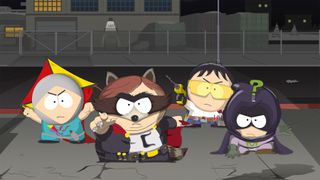
During my time with the game, I meet up with the main gang, and tackle a few key side-missions to further fill out my ‘character sheet’. For example, I go see Mr Garrison at the school, and he asks me what gender I am. You can choose ‘male’, ‘female’ or ‘other’, and if you select the latter of these, he calls your parents with some concern. Plus, once you get out of the school, you’re attacked by rednecks, who drunkenly proclaim that they don’t like ‘other’ gendered people ‘around here’ before smashing you in the face with a bottle of beer.
Other side missions include a trip to the church to chat with the vicar, who sends you into a back room where a couple of paedophile priest attempt to rape you. Yup. This takes the form of a regular fights, and one of the priests has an attack that sees them yank a long, fat string of rosary beads from their own ass, and flagellate themselves with it, before taking a swing at you. It’s nasty. South Park doesn’t pull any punches with its enemies, and other types include kids that blow themselves up with bomber vests, Hooters-style girls from the local restaurant Raisins, and - incredibly vanilla by comparison - sixth-grade bullies. At one point you’re asked to choose your character’s Kryptonite (because, hey, you’re a superhero) and you can select from a variety of other enemy types like Crab People, Vampires, and Old People. I choose the last of these, by the way.
Sign up to the 12DOVE Newsletter
Weekly digests, tales from the communities you love, and more
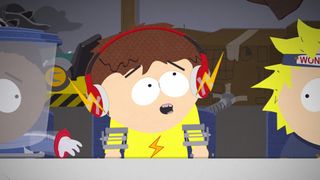
What else do I do in my time with the game? I learn to fart at enemies when they try to provoke me into combat, grossing them out, and giving me the chance to gain the first move or avoid them completely. I pick up side-missions, which involve stuff like finding the person who keeps scratching Mr Marsh’s car. Oh, and I learn to craft items in the local Taco fast-food place, courtesy of Morgan Freeman. Yes, that Morgan Freeman.
South Park, then, is as utterly anarchic and offensive as you’d expect. Yes, the humour is really childish, but that’s absolutely the point, and some of the jokes are guaranteed to make you guffaw guiltily. What’s most pleasing, however, is the depth of the RPG systems underpinning it all, and the wealth of customisation options to keep things fresh. There are so many pieces of costumes to collect, power-ups to earn, and collectables to hunt down… you’ll be living in this faithful recreation of the cartoon for months to discover it all. The only real concern is whether or not - as it does in Stick of Truth - the combat becomes tiresome before the end. For fans, this likely won’t matter, as the humour and show references are strong as ever. For more casual players, there’s plenty to fart through here, even if the action is unlikely to satisfy as much as other, more hardcore RPGs. But is that really the main draw for a game that starts you on the toilet?
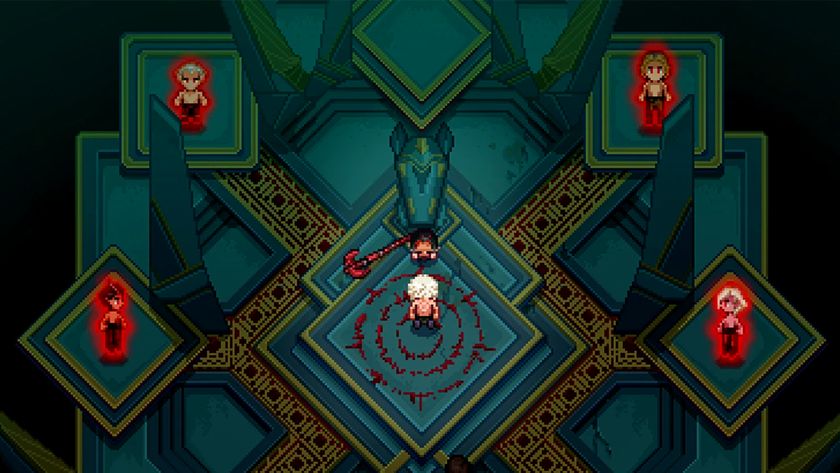
After slamming D&D's Wizards of the Coast, Baldur's Gate 3 devs celebrate "good ending" for Stardew Valley mod as it gets reinstated after a "mistaken" DMCA
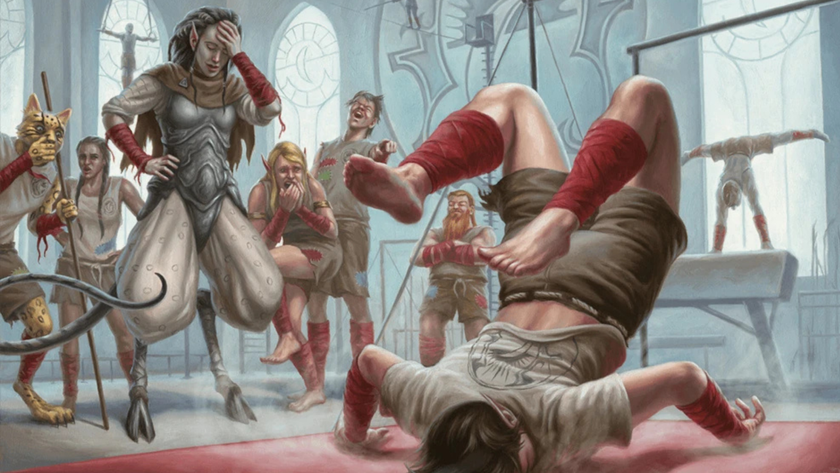
The Baldur's Gate 3-themed Stardew Valley mod that Larian boss Swen Vincke called "amazing" gets DMCA'd by D&D publisher Wizards of the Coast

